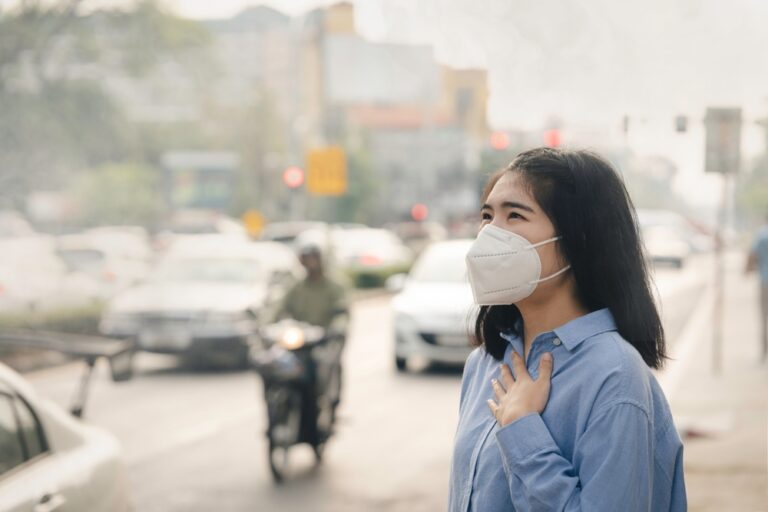On September 13, 2023, the EPA published a proposed rule in the Federal Register to amend the General Provisions for National Emissions Standards for Hazardous Air Pollutants (NESHAP) to address applicability and compliance issues resulting from the addition of a compound to the list of hazardous air pollutants (HAPs) under the Clean Air Act (CAA).

The proposed action also:
- Focuses on issues related to newly applicable standards for sources that become major sources solely from the addition of a compound to the CAA HAP list, and
- Includes a discussion of the impacts of a newly listed HAP on the federal operating permit program.
The statutory authority for this action is provided by Sections 112 and 301 of the CAA. Section 112(b) of the CAA established a list of 189 HAPs. This provision of the CAA also provides the EPA with the authority to modify the list.
In response to a petition to the administrator to list 1-bromopropane (1-BP) (also known as n-propyl bromide (nPB)), the EPA, for the first time, added a new HAP to the CAA Section 112(b) HAP list on January 5, 2022.
Based on this new addition to the HAP list, the EPA determined there are several regulatory implications and issues that must be addressed to fully integrate a newly listed HAP into the existing CAA Section 112 program.
This rule, when finalized, will address the immediate regulatory effects of adding a pollutant to the HAP list.
The proposed rule addresses three specific issues identified by the EPA:
- Whether already promulgated NESHAPs would apply to a newly listed HAP.
For example, for a NESHAP with a limit for total HAPs, owners or operators of sources that emit the newly listed HAP and are subject to the limit need to understand whether they must include the emissions of the newly listed HAP to determine whether the source meets that limit.
- The consideration of the permitting implications for facilities that become major sources under CAA Section 112 solely due to the addition of a new pollutant to the HAP list (Major Source Due to Listing (MSDL) facilities).
- The third issue for an MSDL facility that triggers the applicability of a major source NESHAP is the determination of the applicable emissions standards (in particular, whether the source is subject to the standards for new sources or existing sources) and the compliance deadlines for those newly applicable NESHAP requirements.
The EPA isn’t proposing changes to the Title V program or regulations; however, some state, local, and tribal Title V programs may need to initiate a conforming program revision to update their implementing regulations, such as including a newly listed HAP in their HAP definition if their current regulations don’t include newly listed HAPs.
As summarized by Mitchell, Williams Selig, Gates & Woodyard, P.L.L.C., key sections of the proposed preamble include:
- Are there any changes to Title V programs in this action?
- When must a newly listed HAP be included in emissions estimates, and what are the potential regulatory implications?
- What are the permitting impacts for sources and programs?
- What standards apply to MSDL facilities?
- When does an MSDL facility have to comply with new requirements?
- Are there any new notification requirements?
Comments will be accepted on the proposed rule until November 13, 2023, on the Federal eRulemaking platform under Docket #: EPA-HQ-OAR-2022-0441-0001.